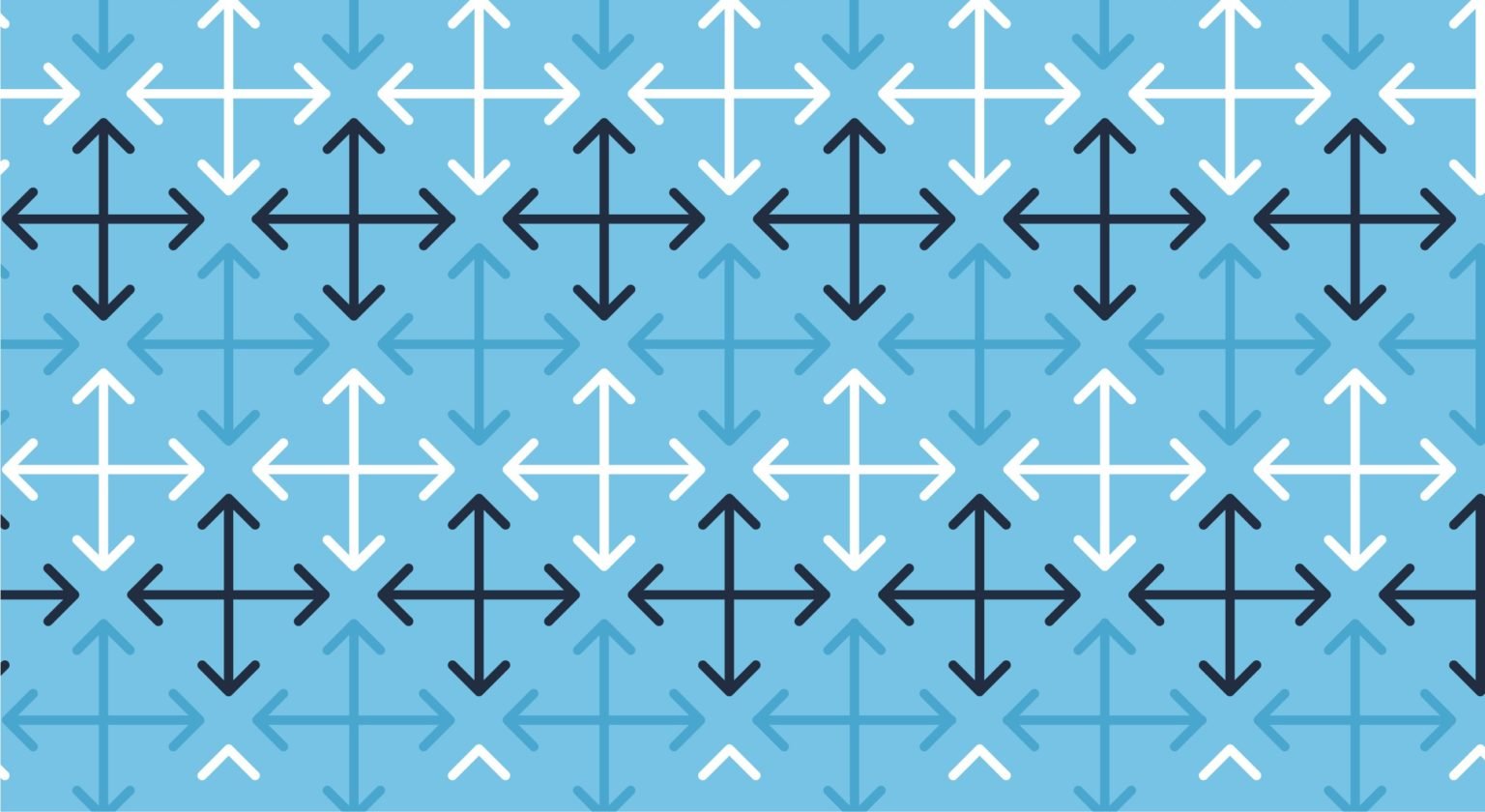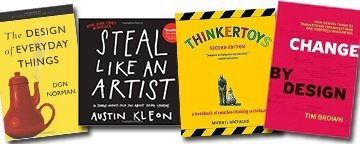A Beginner’s Introduction to Human-Centred Design
Human-centered design is iterative and collaborative. This beginner’s introduction to design thinking will help you embrace design to solve complex problems and reach better results for people, teams and organizations.
So, What is Human-Centred Design?
Human-centred design began as the study of how designers think. People wanted to understand the process of designing in a race to discover new methods for improving business, products, and services. It has evolved into a practice used in many areas outside of what you might consider to be traditional design. Read more about the history of design thinking here.
Human-centred design is not an exclusive skill, natural ability, fine art, or rocket science—it’s accessible to everyone and tremendously useful for any industry or discipline.
Human-centred design is:
Iterative
Democratic
Collaborative
Inclusive
Interdisciplinary
Human-centred design is bigger than any one tool or problem-solving method. Thinking through design is an empathy-driven approach to interacting with the world.
The result is a set of solutions that will work for people, instead of ones that should.
Trying to Define Human-Centred Design
Human-centred design is popping up more and more in business, education, and global initiatives, without a consensus on how to define it.
Fast Company says, “design thinking is a proven and repeatable problem-solving protocol that any business or profession can employ to achieve extraordinary results.”
Wikipedia users concluded, “design thinking refers to creative strategies designers utilize during the process of designing. Design thinking is also an approach that can be used to consider issues and resolve problems more broadly…”
Overlap designers said:
“Design thinking is a way of solving problems so that your solutions respond to what people actually need.”
“Design thinking is an iterative approach to solving complex problems.”
“Design thinking inspires creative solutions that harness the power of multiple perspectives.”
Do you have your own way of describing design thinking? Share your definition in the comments below or on Twitter @OverlapAssoc.
There are plenty of design thinking definitions and even more applications.
You’re practicing human-centred design whenever you:
Design products or services with people’s needs in mind
Introduce empathy into problem-solving
Prototype ideas early and gather feedback
Collaborate with others to unravel complex problems
There’s no one set way to practice human-centred design. Sometimes the best way to wrap your head around it is to jump right in and try it yourself. Here are 75 design thinking tools and resources explained that will illustrate how effective this way of working is!
You can use human-centred design to improve your personal life, your business practices, and the world around you.
Adding human-centred design to your day-to-day life can increase your creativity, productivity, and problem-solving abilities. Ex. You could use human-centred design to create visual to-do’s that manage work more effectively.
Adopting human-centred design as a business can help your organization face complex challenges and overcome difficulties you’ve wrestled with time and time again. Ex. You could use human-centred design to improve your office design.
Applying human-centred design to real-world problems can spark global change where it’s needed most. Ex. You could use human-centred design to tackle poverty.
Continue Learning With These Human-Centred Design Resources
There are plenty of resources, both free and for purchase, available online so you can get started right away.
An Empathy Map is a go-to tool for design thinking. It’s an incredibly powerful worksheet for understanding problems. They provide a process for empathizing with yourself, customers, product users, communities, and more. You can download a free empathy map template here:
Human-centred design techniques often adopt a practical approach. Simple products like post-its, paper, coloured markers, and stickers are all your friends. Here are 15 free or nearly free design thinking tools to get you started!
If you’re new to human-centred design, begin with these books:
Steal Like an Artist: 10 Things Nobody Told You About Being Creative
Thinkertoys: A Handbook of Creative-Thinking Techniques
Change by Design: How Design Thinking Transforms Organizations and Inspires Innovation
Overlap’s Creative Problem Solving School offers an Introduction to Human-Centered Design course in a live, virtual format. Learn how to take a human-centred approach to your problem solving using design thinking techniques.



